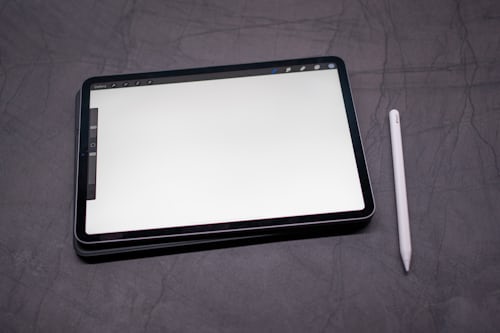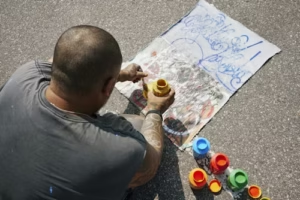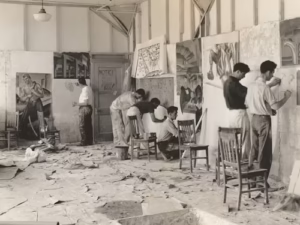
Guide to Mastering One-Point Perspective Drawing
Sketching has always been one of the most valued forms of art as far as one can remember and with the help of linear perspective, artists discovered an amazing potential that had been lying within them. Another important type of perspective drawing that a beginner can easily master is an easy one-point perspective, which allows for creating the feeling of space in works based on a flat plane. This article is for beginners and in the following pages, we will be showing you how to conquer this skill and look at how a one-point perspective can take your drawings to the next level.
Instructions on how to draw Easy One Point Perspective
In order to appreciate the one-point perspective it is pertinent to consider the linear perspective in painting at also. This composition enables artists to depict depth on flat surfaces giving the viewer the sensation of looking along a central vision line one point into a scene.
In its base, the one-point perspective is dependent on the vanishing point, a point at which the actual concurrent lines drawn on the scene appear to converge. Such a point is situated on the horizontal line which indicates the eye level of a spectator. It appears that there is depth in that far away objects look smaller than the nearby objects. When constructing a one-point perspective the whole scene is designed about the vanishing point.
Here is a simple step-by-step process to help you achieve easy one-point perspective:
Step 1:
Establish the horizon line. This part will be the viewer’s eye level and will be your vanishing point in your case here this is indicated by this line.
Step 2:
Add the vanishing point. When the vanishing point is on the horizon line you achieve one one-point perspective which is a symmetrical standpoint. This point is the reference point for all the parallel line designs in the scene.
Step 3:
Draw the ground line. Imagine this as the line that should be parallel to the horizon line and which shows the ground plane within the scene where you are placing your object.
Step 4:
Sketch parallel lines. These lines should come out from your vanishing point you need to draw as far as necessary to generate the depth in your scene. It can be applied to roads, walls and other vertical and horizontal planes.
Step 5:
Create objects. With that, you now have your basic perspective framework laid down and you can use the guidelines in drawing objects. The sides of these objects should be perpendicular to the ground line and should decrease in size as distance increases when arranging the objects in the scene.
Great advice that will assist you in mastering the one-point perspective technique
- – The usage of grids is also beneficial when you are first beginning, as it will help you to have straight, straight and accurately shaped lines.
- – Parallel lines and perpendicular lines are geometric tools to construct in construction that will help you make accurate angles and alignment in your designs.
- – Begin with the generalized subject matters like buildings, streets or any landscape to get a good understanding of the point perspective.
- – Remember there is always a rule that practice makes perfect which means you will be more perfect at this technique the next time.
Uses of Perspective Drawing
One-point perspective drawing has many practical applications in art and design:
- Visual communication: Depictions are revealed from perspective manner can provide relative effect and architectural ideas more obviously.
- Product design: This is useful for the designers in that they can estimate the scale and proportion of the inventions before they are manufactured.
- Architectural visualization: Generating a 3D view and plan involves the expertise of a point perspective to represent the correct space and building.
Conclusion:
Easy one-point perspective is one of the most basic perspective drawing methods that serves any beginning artist as well as the advanced one. This guide provides instructions on how to draw accurate and valuable images with some simple steps and hints below and find ways to catch people’s eyes with your artwork of realistic depth and space illusion. With time as you engage in perspective drawing, you will improve your work and come up with a better perspective to depict the three-dimensional world. When you are in a position to take your drawing skill to the next level, don’t hesitate to add an easy one-point perspective as your next task and see your skills skyrocket. Happy drawing!





